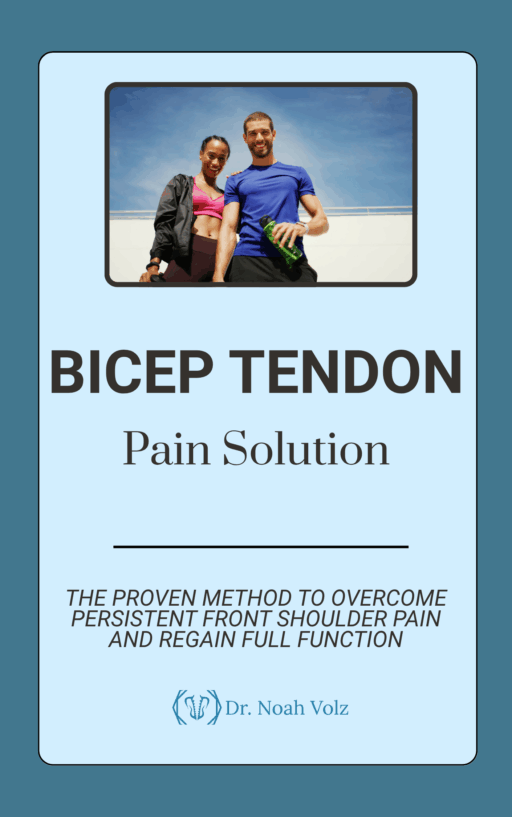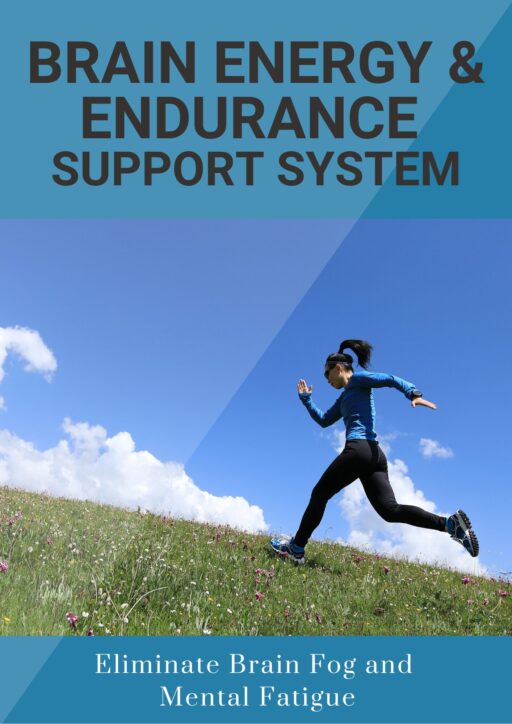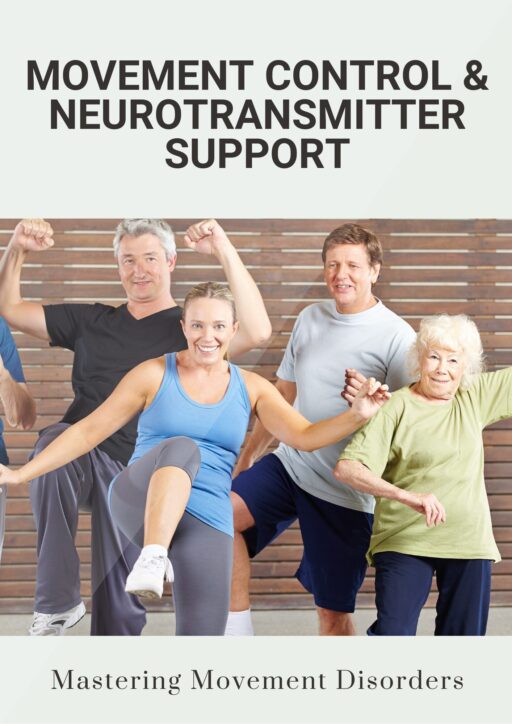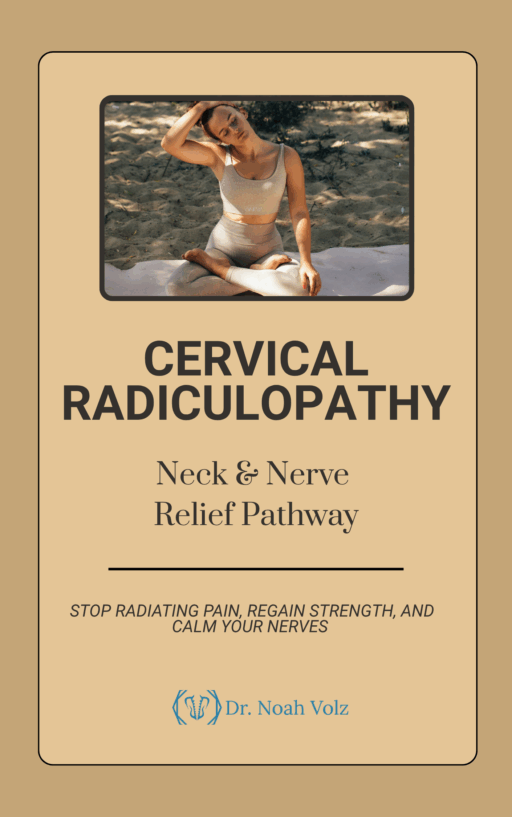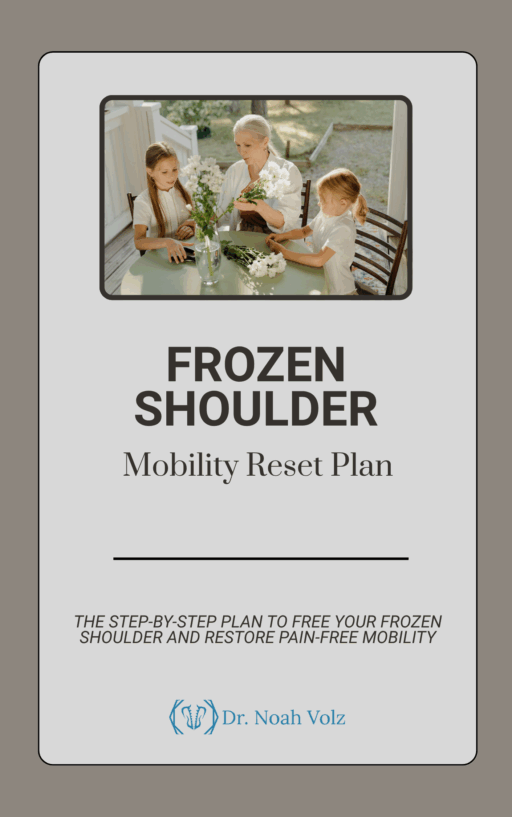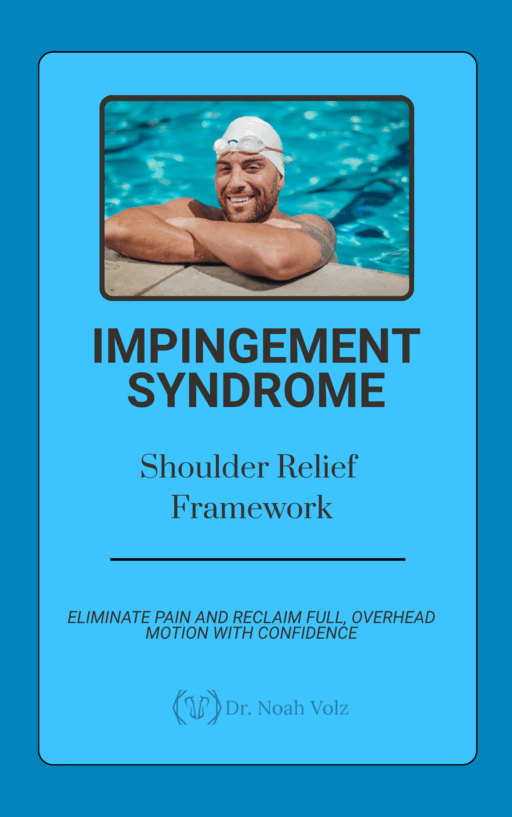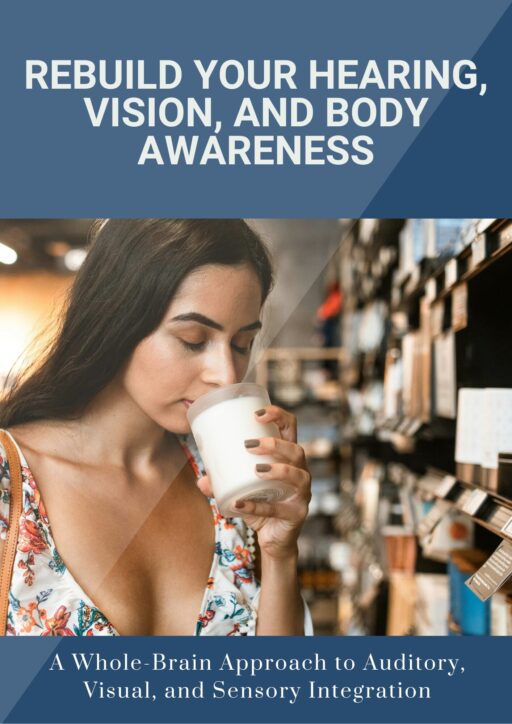Are you struggling with low back pain that seems to have a mind of its own? Do certain movements or positions make your pain better or worse? If so, you may be dealing with a specific type of low back pain that responds best to a tailored treatment approach.
At our chiropractic clinic in Ashland, OR, Dr. Noah Volz and our team are trained in a unique assessment and treatment technique called McKenzie Mechanical Diagnosis and Therapy. This method helps us classify low back pain based on how it responds to specific movements and postures. By determining your low back pain’s “directional preference”, we can create a personalized plan to help you find relief and get back to the activities you love.
What Is Extension Biased Low Back Pain?
One of the most common types of low back pain we see in our clinic is called “extension biased” pain. This means that your symptoms tend to improve when you bend backwards (extension) and worsen when you bend forwards (flexion).
Extension biased pain is often related to a problem with one of the discs in your low back. These discs are the squishy shock absorbers that sit between each of your vertebrae (spine bones). They have a tough outer layer called the annulus and a soft, jelly-like center called the nucleus.
Sometimes, due to injury or wear and tear, small tears can form in the outer annulus of a disc. This allows the inner nucleus to start bulging or protruding out, kind of like a bubble in a tire. When this happens, it can put pressure on the nearby nerves and cause pain, numbness, or weakness in your low back, buttocks, or legs.
The good news is that most disc problems don’t require surgery. By finding the specific movements and positions that take pressure off the disc and nerves, we can help your body heal and your symptoms resolve.
How Do Chiropractors Diagnose Extension Biased Low Back Pain?
When you come to our clinic with low back pain, Dr. Noah Volz will start by asking you detailed questions about your symptoms, activities, and any past injuries. Be sure to mention if you’ve noticed that certain movements or positions make your pain better or worse.
Next, he’ll do a thorough physical exam to check your spinal alignment, flexibility, and muscle strength. He may ask you to do some simple movements, like bending forward, backward, or to the side, to see how your symptoms respond.
The key to diagnosing extension biased pain is looking for a “directional preference”. This means that repeated movements in one direction (usually extension) consistently improve your symptoms, while movements in the opposite direction (usually flexion) make them worse.
Sometimes, your pain may even “centralize” towards your spine as you do repeated extension movements. This is a good sign that the disc is moving back into place and taking pressure off the nerves.
What Chiropractic Treatments Help Extension Biased Low Back Pain?
Once we’ve determined that you have extension biased low back pain, we can create a treatment plan that fits your specific needs and goals. This usually includes a combination of in-office therapies and at-home exercises.
In the clinic, Dr. Noah may use gentle spinal manipulation or mobilization techniques to help restore normal movement to your joints and take pressure off the discs and nerves. He may also use specialized treatment tables or devices that allow you to bend backwards safely and comfortably.
We’ll also teach you specific extension exercises to do at home. These may include:
– Lying face down and propping up on your elbows (sphinx pose)
– Lying face down and pressing up on your hands (prone press-ups)
– Standing with your hands on your hips and bending backwards
The key is to start with the exercise that feels the best and causes your symptoms to centralize or decrease. As you get stronger and more flexible, we can progress you to more advanced exercises.
It’s important to do your home exercises consistently, at least a few times per day. You should also be mindful of your posture and avoid prolonged flexion activities, like slouching or sitting for long periods. Using a lumbar roll or supportive chair can help remind you to maintain your natural low back curve.
Can All Low Back Pain Be Treated With Extension Exercises?
While extension biased pain is the most common type we see, not everyone’s low back pain responds best to extension. In fact, about 10% of people have “flexion biased” pain that feels better with forward bending.
That’s why it’s so important to get an accurate diagnosis and customized treatment plan from a qualified provider like Dr. Noah Volz. Doing the wrong exercises for your specific condition can actually make your pain worse.
In some cases, low back pain may be caused by something more serious, like a fracture, infection, or tumor. If your pain is severe, not improving, or accompanied by red flags like fever, numbness, or weakness, it’s important to see a healthcare provider right away.
The Bottom Line on Extension Biased Low Back Pain
Low back pain is a complex and often frustrating condition. But by understanding the underlying cause of your pain and your specific directional preference, you can take control of your symptoms and start feeling better faster.
At our chiropractic clinic in Ashland, OR, we’re committed to helping you get out of pain and back to the life you love. If you’re tired of low back pain holding you back, we invite you to schedule an appointment with Dr. Noah Volz and our team. With our advanced assessment techniques and personalized treatment plans, we’ll help you find the relief you’ve been searching for.
References:
1. McKenzie R, May S. The lumbar spine mechanical diagnosis and therapy. 2nd ed. Waikanae, New Zealand: Spinal Publications Ltd.,; 2003.
2. Donelson R, Silva G, Murphy K. The centralization phenomenon: its usefulness in evaluating and treating referred pain. Spine 1990;15(3): 211–3.
3. Long A, Donelson R, Fung T. Does it matter which exercise? A randomized control trial of exercise for low back pain. Spine 2004;29(23):2593–602.
4. Wetzel and R. Donelson The role of repeated end-range/pain response assessment in the management of symptomatic lumbar discs/ The Spine Journal 3 (2003) 146–154
5. Clare, H.A.; Adams, R, Maher C.G. Association between directional preference and centralization in patients with low back pain. J Orthop Sports Phys Ther. 2011 Jan;41(1):22-31
Want to know what kind of back pain you have?
-

Bicep Tendon Pain Solution
$50.00 -

Brain Detoxification & Recovery System
$50.00 -

Brain Energy and Endurance Support System
$50.00 -

Brain-Based Movement and Motor Control Training
$50.00 -

Centralized Low Back Pain
$50.00 -

Cervical Radiculopathy: Neck and Nerve Relief Pathway
$50.00 -

Complex Low Back Pain
$50.00 -

Complex Radiating Low Back Pain
$50.00 -

Cross-Pattern Low Back Pain
$50.00 -

Frozen Shoulder Mobility Reset Plan
$50.00 -

Impingement Syndrome: Shoulder Relief Framework
$50.00 -

Mastering Brain Senses: Rebuild Your Hearing, Vision, and Body Awareness
$50.00


